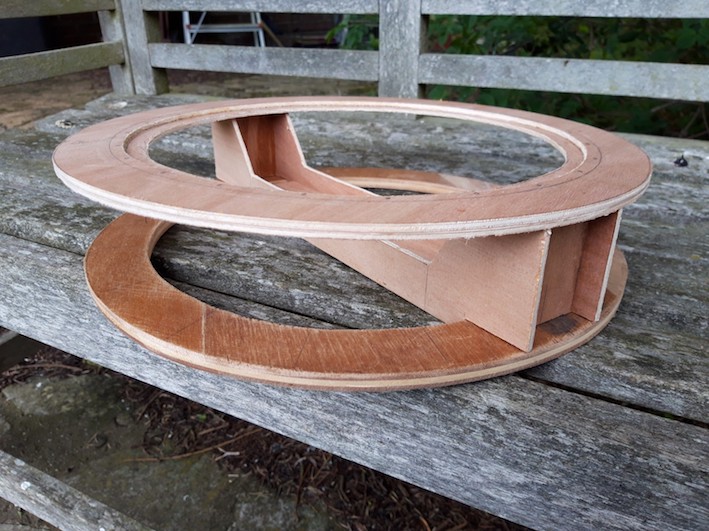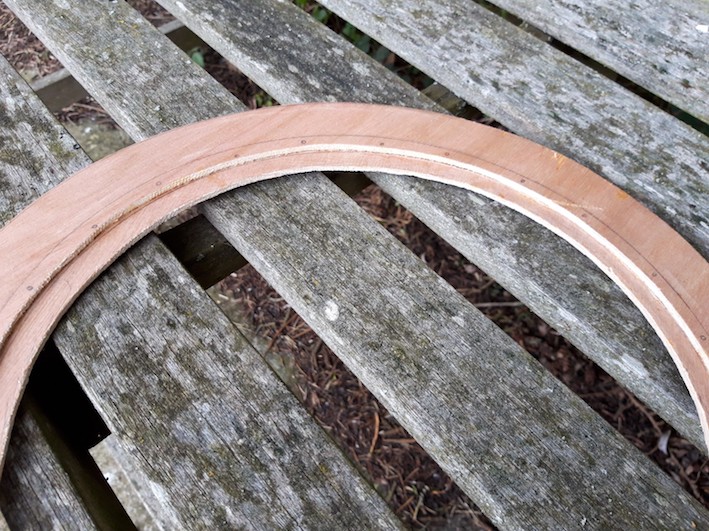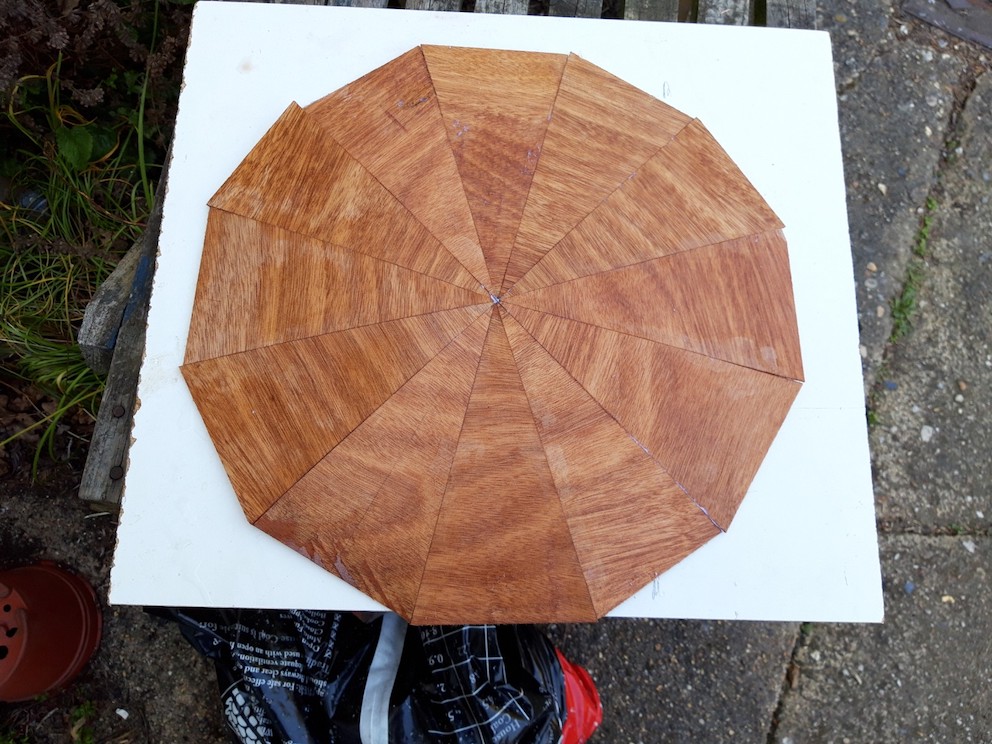profchris
Established Member
An obscure musical instrument, but I wanted one! It looks like this:

And here it is in action:
https://youtu.be/iX6GRmuvP0Q
Making one of these is roughly 70% woodwork, 30% engineering and about 98% swearing. I posted build pictures on a luthier site, and so could reproduce them here if this interests anyone. The same (or similar) construction techniques could be used to make an acoustic slide guitar if anyone has ambitions in that direction.

And here it is in action:
https://youtu.be/iX6GRmuvP0Q
Making one of these is roughly 70% woodwork, 30% engineering and about 98% swearing. I posted build pictures on a luthier site, and so could reproduce them here if this interests anyone. The same (or similar) construction techniques could be used to make an acoustic slide guitar if anyone has ambitions in that direction.



















































